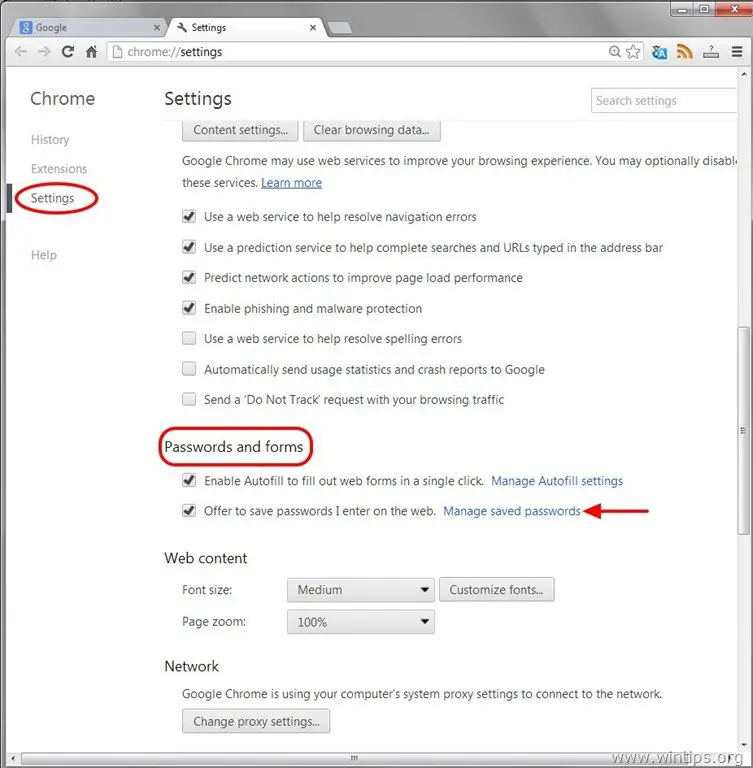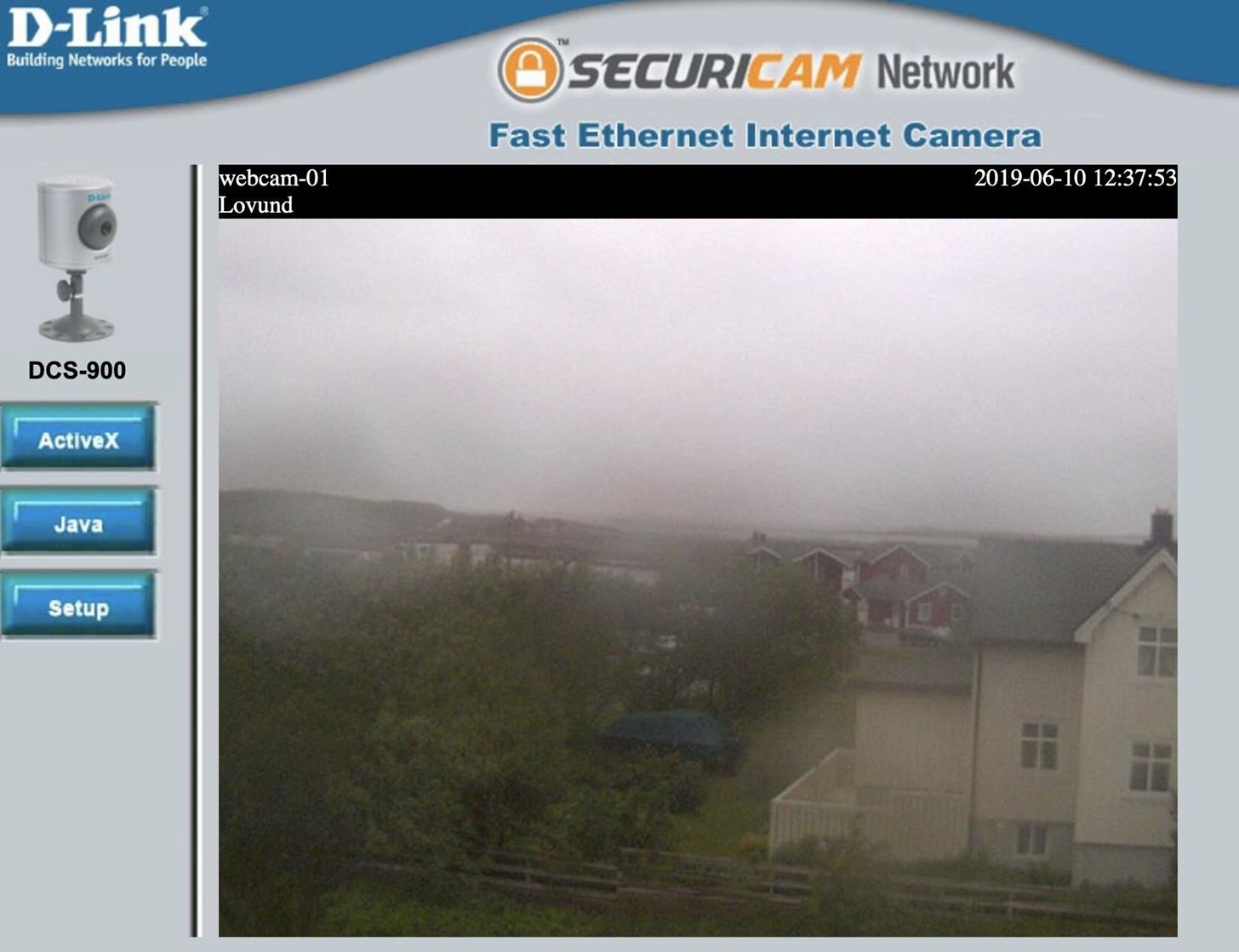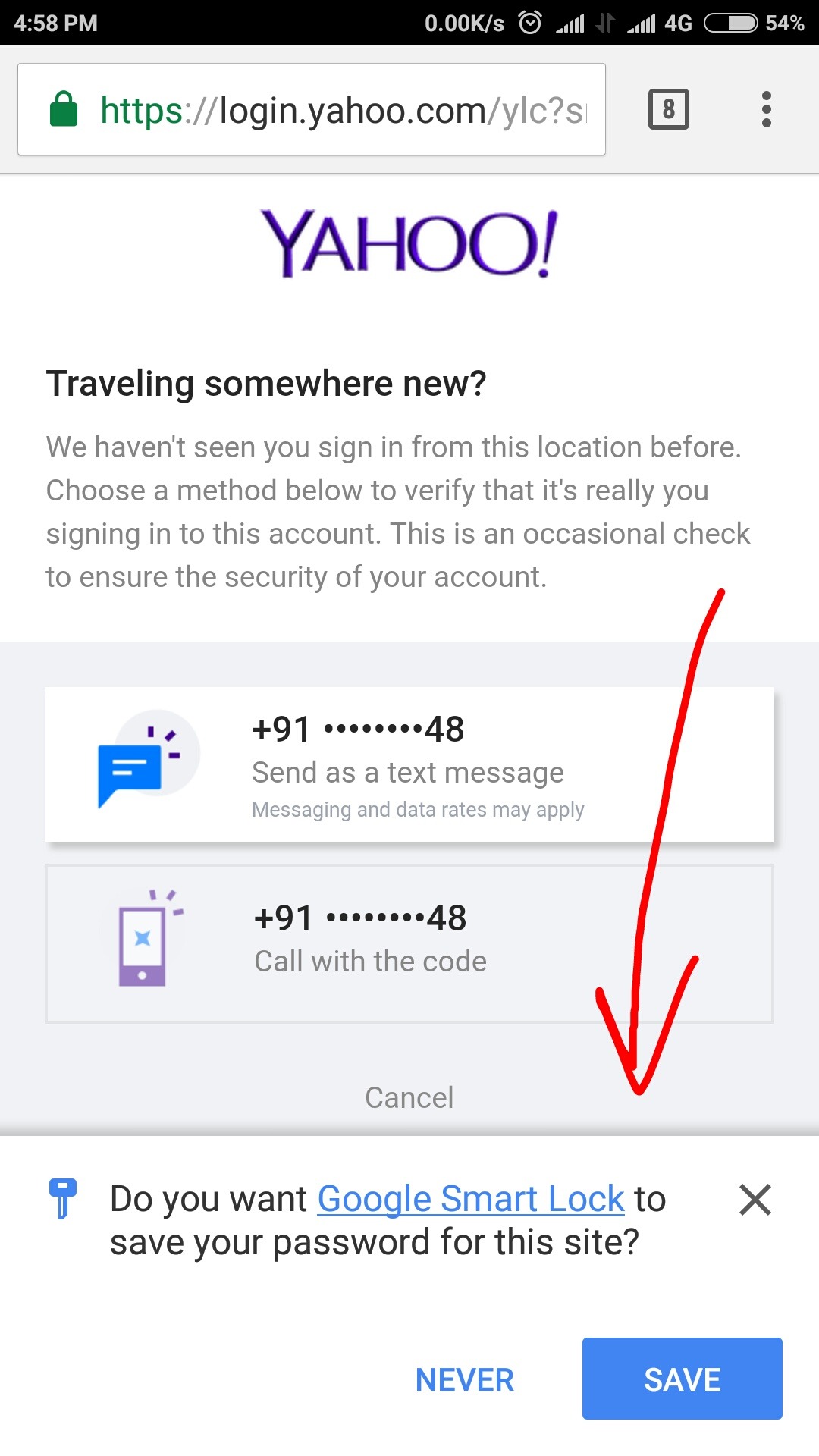

- #GOOGLE PASSWORDS HOW TO#
- #GOOGLE PASSWORDS VERIFICATION#
- #GOOGLE PASSWORDS PASSWORD#
- #GOOGLE PASSWORDS FREE#
Export Your Already Saved Passwordsįirst, export your passwords from Google Password Manager, so you can import them later into the alternative password manager where you wish to switch.

Instead, you should take some preliminary steps to make this transition as smooth as possible. However, if you want to switch to another password manager permanently, you shouldn't immediately disable Google Password Manager. If you want to temporarily use a Chrome profile and do not want the browser to save the passwords, you can disable the Google Password Manager instantly.

What Should You Do Before Disabling Google Password Manager?
#GOOGLE PASSWORDS HOW TO#
We apologize to our users and will do better.Do you also want to disable Google Password Manager? If so, we will explain how to disable it in Chrome on different devices. Here we did not live up to our own standards, nor those of our customers. We take the security of our enterprise customers extremely seriously, and pride ourselves in advancing the industry’s best practices for account security.
#GOOGLE PASSWORDS VERIFICATION#
In addition, we provide G Suite administrators with numerous 2-step verification (2SV) options, including Security Keys, which Google relies upon for its own employee accounts. Our authentication systems operate with many layers of defense beyond the password, and we deploy numerous automatic systems that block malicious sign-in attempts even when the attacker knows the password. Out of an abundance of caution, we will reset accounts that have not done so themselves. We recently notified G Suite administrators to change those impacted passwords.

We will continue with our security audits to ensure this is an isolated incident. This issue has been fixed and, again, we have seen no evidence of improper access to or misuse of the affected passwords. These passwords were stored for a maximum of 14 days. In addition, as we were troubleshooting new G Suite customer sign-up flows, we discovered that starting in January 2019 we had inadvertently stored a subset of unhashed passwords in our secure encrypted infrastructure. This issue has been fixed and we have seen no evidence of improper access to or misuse of the affected passwords. To be clear, these passwords remained in our secure encrypted infrastructure. This practice did not live up to our standards. We made an error when implementing this functionality back in 2005: The admin console stored a copy of the unhashed password. The issues discovered with G Suite enterprise accounts The functionality to recover passwords this way no longer exists. The intent was to help them with onboarding new users e.g., a new employee could receive their account information on their first day of work, and for account recovery. The tool (located in the admin console) allowed administrators to upload or manually set user passwords for their company’s users. In our enterprise product, G Suite, we had previously provided domain administrators with tools to set and recover passwords because that was a common feature request. The downside of password hashing is that if you forget your password, we cannot show you what it was there’s nothing we can do other than reset it to a temporary password (valid one time only) and then require you to pick a new one. So, if someone should obtain the scrambled password, they won’t be able to recover your real password. The effectiveness of the hash function lies in its one-way nature: it is simple to scramble your password, but nearly impossible to unscramble it. If it matches the stored string then you must have typed the correct password, so your sign-in can proceed. The next time you try to sign in, we again scramble your password the same way. Both are then also encrypted before being saved to disk. How, then, can we verify your password when you sign in to your Google account again? The answer lies in a bit of cryptography: when you set your password, instead of remembering the exact characters of the password, we scramble it with a “hash function”, so it becomes something like “72i32hedgqw23328”, and that’s what we store with your username. If you have a Google account, Google’s core sign-in system is designed not to know your password. How Google Stores Passwords for Consumers & G Suite Enterprise Customers We have been conducting a thorough investigation and have seen no evidence of improper access to or misuse of the affected G Suite credentials.
#GOOGLE PASSWORDS FREE#
This is a G Suite issue that affects business users only–no free consumer Google accounts were affected–and we are working with enterprise administrators to ensure that their users reset their passwords. However, we recently notified a subset of our enterprise G Suite customers that some passwords were stored in our encrypted internal systems unhashed. Google’s policy is to store your passwords with cryptographic hashes that mask those passwords to ensure their security.


 0 kommentar(er)
0 kommentar(er)
